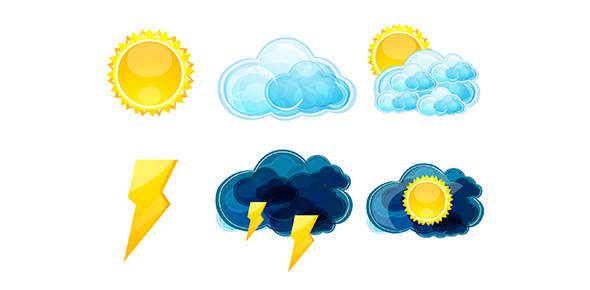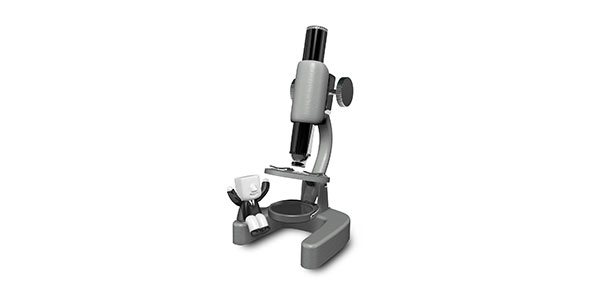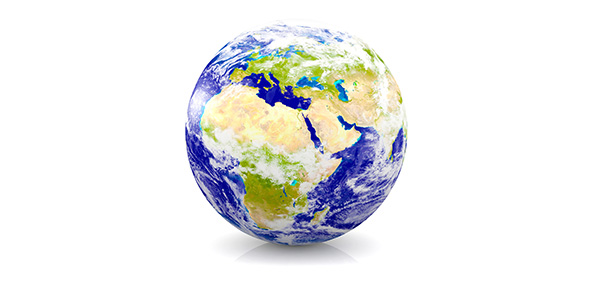Related Flashcards
Cards In This Set
| Front | Back |
|
Warm Front
|
Drawn in Red
Red Ovals point in the direction the warm air is advancing (shows the movement) Light rain along the front (sometimes) After this front: Temp. increase Dewpoint increase Winds switch from easterly to southerly Air pressure decreases and levels off precip. ends before the front arrives |
|
Cold Front
|
Drawn in blue
Blue triangles point in the direction cold air is advancing usually active weather along the front after this front: temp. decreases dewpoint decreases winds switch from southerly to northerly air pressure increases visibility improves precip. heaviest along/ before front s |
|
Stationary Front
|
Drawn in alternating colors (red and blue)
essentially no movement w/ this front least active type of front big difference in air masses (north and south of front) |
|
Occluded Front
|
Drawn in alternatin purple "pips"
where cold and warm fronts "run into eachother" they collide in a sense this front is attached to STRONG low pressure systems (reason for collision) |
|
Dryline
|
Drawn in yellow w/ tight pips
"live" boundary that separates dry air from moist warm, dry air (cT) moves over warm, moist air (mT)--> very unstable found in southern/central states |
|
Frontogenisis
|
"Birth" of a front. To strengthen front, increase the temp. difference across the front
|
|
Frontolysis
|
"Death" of a front. To weaken front, decrease the temp. difference across the front
|
|
Weather Front
|
A boundary between air masses w/different characteristics
|
|
Continental Polar (cP) and Continental Artic (cA) Air Masses
|
Forms over ice and snow covered regions of Alaska and Canada
brings very cold air south into Central US: outbreaks of below zero temps for MO and freezing weather in FL air mass slowly warms as it heads south dry air moving over the Gulf of Mexico warms rapidly, gains moisture the dry air mass quickly becomes a maritime air mass |
|
Continental Tropical (cT) Air Mass
|
Hot and dry air masses originate over the deserts of Mexico
air may be unstable, but lack moisture; ensures dry weather provides long, hot and dry days to central plains and Midwest if a "blocking pattern" sets up, extreme drought conditions and hot temps can be realized |
|
Maritime Polar (mP) Air Mass
|
Forms over cold waters like north Atlantic or Pacific
moves inland over the Pacific NW and the NE major winter time storms provides showers and precip. to California also provides moisture for major New England snowstorms |
|
Maritime Polar (mP) Air Mass
|
Warm, moist air from the sub-tropical Pacific, the Gulf of Mexico, and/or the south Atlantic moves inland
in California (winter), the "Pineapple Express" brings heavy rain and mudslides humid air is fuel source for summer and winter storms in Midwest strong High Pressure over the SE brought in a lot of mT air that created a record-breaking hot spell in April |
|
The Jet Stream
|
Fast flowing, narrow air currents found in the atmosphere at around 36,000ft. above the surface of Earth (just under the tropopause)
|
|
Temp. and Moisture Differences on either side of the Jet Stream
|
Essentially seperates warmer air from colder air
North of the jet stream, temps are colder South of the jet stream, temps are warmer |
|
Polar Jet
|
Artic air
affects us in the Winter Season Northen Jet |






